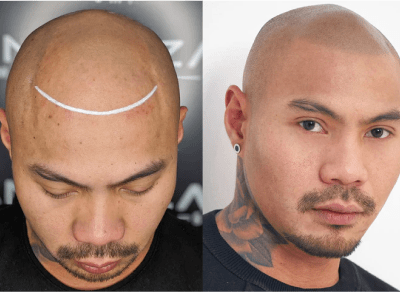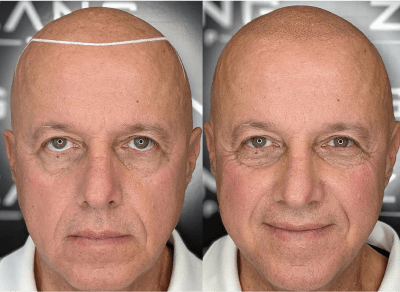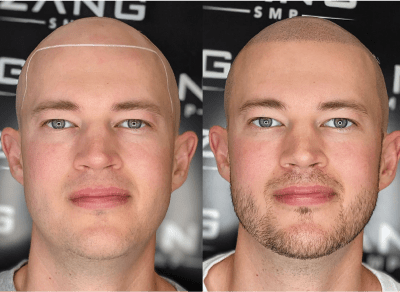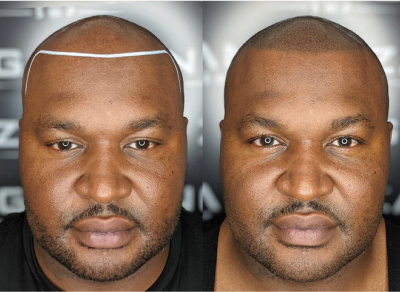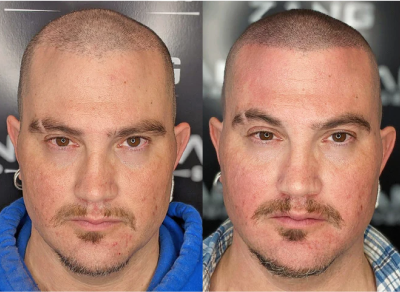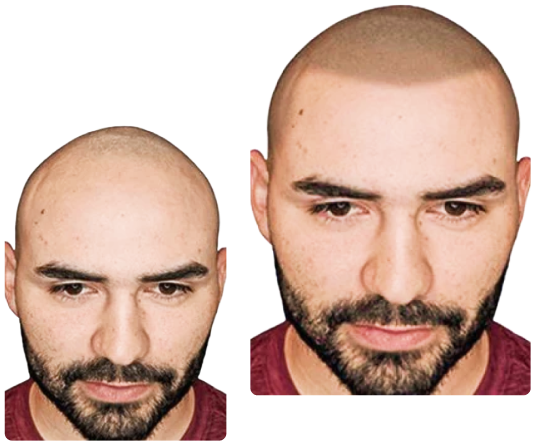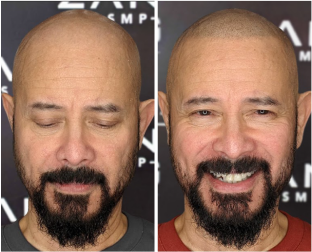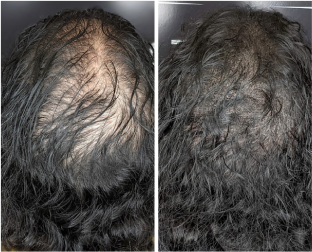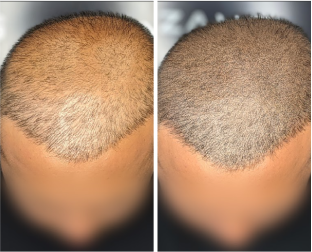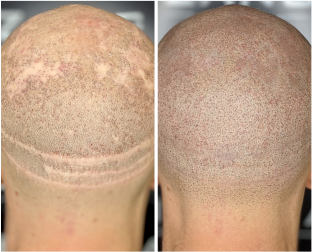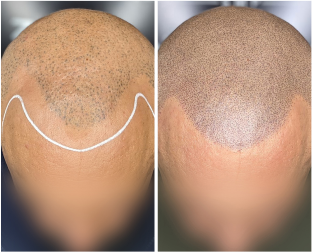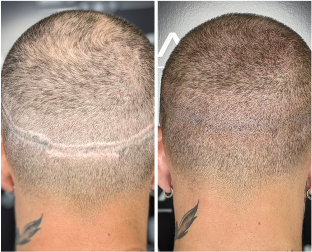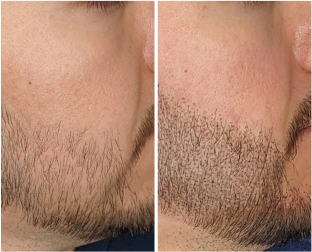How is Male Pattern Baldness Diagnosed and How Does it Influence Hair Loss?
Male pattern baldness, noticeable through thinning at the hairline and crown, is primarily attributed to genetic inheritance. Hormonal changes further exacerbate this condition, playing a significant part in its progression and its role in male hair loss patterns.
Stages of Male Pattern Baldness
The Hamilton-Norwood scale evaluates male pattern baldness, starting at stage 1 with minimal hair loss and ending at stage 7, where baldness dominates the top of the scalp.
Hairline recession in stages 1 to 3 is generally mild to moderate.
In stages 4 and 5, the hairline continues receding, and crown thinning intensifies. Stages 6 and 7 signify complete baldness on the scalp’s top.
Rarely, hair loss appears as diffuse thinning across the scalp while sparing the hairline or as crown-specific thinning without notable front hairline changes. These less common patterns underscore the complexity of baldness.
Treatment For Male Pattern Hair Loss: Scalp Micropigmentation
Scalp Micropigmentation (SMP) provides a reliable and transformative solution for male-pattern baldness. This procedure replicates hair follicles by depositing pigments onto the scalp, resulting in a stylish, buzzed look that suits a wide range of aesthetics.
Unlike hair transplants, SMP delivers quick results without requiring surgery, donor hair, or lengthy downtime. It’s an ideal option for those just beginning to experience hair loss or dealing with more pronounced baldness.
At Zang SMP in Downtown Los Angeles, we prioritize the use of organic, plant-based pigments to ensure the most natural results possible. Our skilled technicians meticulously match pigments to your existing hair and skin tone, creating a seamless and authentic appearance. Each session is tailored to meet your individual needs, guaranteeing personalized results.
Hair loss can impact confidence, but SMP offers a non-surgical alternative that restores both appearance and self-esteem. This simple yet effective procedure eliminates the need for painful methods and lengthy recovery periods.
The process typically involves two sessions gapped one week apart, with the option for a third session 1 to 3 months later. This final session ensures that your look is perfected and leaves you completely satisfied with the outcome.









